Are you searching for information about Design-Build vs. Design-Bid-Build? To simplify, these two terms illustrate how and when the proprietor hires multiple Professional companies or parties to complete the project. However, the delivery methods of construction projects show how well the execution will be. Hence, Design-build and design-bid-build are two of the most common delivery methods.
You may be confused because these two methods sound similar, but they are quite different in their roles! The main purpose is to choose the right method for your construction projects. It directly affects the project’s profit margins and the completion time. So, here comes the responsibility of the proprietor to weigh expertise, risk tolerance, and project size, among other factors, to determine the best delivery method for a project. The easy solution is to outsource a professional estimating firm and get the desired results.
DIG IN TO DISCOVER THE MAIN POINTS OF DIFFERENCES BETWEEN DESIGN-BUILD VS. DESIGN-BID-BUILD AND CHOOSE THE MOST APPROPRIATE METHOD FOR YOUR CONSTRUCTION PROJECTS!
Understanding the Basics
Design-Bid-Build
Design-Bid-Build (DBB) is a type of construction delivery method that is considered a traditional one. Plus, this method is also very common among the proprietors, which is divided into three further stages:
1- Design Phase
The proprietor makes a deal with AEC experts to prepare all the construction documents. These are detailed drawings, specifications, and project requirements.
2- Bidding Phase
After a detailed discussion, once the designs are finalized, the contractors work on the bidding process. However, it is a detailed and highly competitive process. Well, there is a higher chance that the proprietor will choose the lower cost bid for their construction projects.
3. Construction Phase
The contractor who is hired by the proprietor starts the building process based on the completed documents and plans.
Design-Build
Design-build skips the whole building process and is perfect for completing the project by reducing the time. As it combines the design and the construction steps under a single contract. Most importantly, the appointed team can easily begin executing the task before the design is finalized.
It allows:
- Simultaneous design and construction activities
- Single point of accountability
- Enhanced collaboration between design and construction teams
- Accelerated project timelines
The Transformative Emergence of Progressive Design-Build!
Progressive design-build is a delivery method that is developed on the basis of different challenges. In this method, a design-build team is chosen on the basis of qualifications rather than the bidding price. It is divided into two steps:
Phase 1 – Collaborative Development
The design builder discusses everything closely with the proprietor to decide about design concepts, refine the scope, and establish realistic budgets.
Mostly, they rely on expert Cost Estimation Services to get a transparent cost analysis for the whole project.
Phase 2 – Implementation
Once the design and cost are finalized, the project progresses to executing the design-build process!
Impact of Technology on Delivery Method Selection
The latest technology, such as building information modelling (BIM) and digital twin, helps in visualizing the construction project before even a single brick is laid. However, technology impacts the delivery methods in the following way:
- The chosen teams can use BIM to enhance the overall design concepts in the initial stages of the project.
- Two separate teams may find it difficult to coordinate in case of complex BIM processes.
- With the help of the progressive design-build method, the overall results can be refined through iterative design refinement.
Performance Analysis: Design Bid vs Design Build
Timeline Performance
According to the recent observation, Design-build projects showed a 9% difference in total project duration. On the other hand, design-bid-build projects showed a 13% difference!
Cost and Change Management
The design-build method required fewer change orders as compared to design-bid-build projects. However, if you talk about the cost, it was higher for design-build projects.
Project Scale Considerations
According to Exhibit IV.3 of the FHWA’s Design‑Build Effectiveness Study, design-build projects completed in 2002 had an average cost of $27.7 million, which was over eleven times the ~$2.4 million average cost of non-design-build projects that year.
Choosing the Right Method!
Favor Design-Bid-Build When:
- Project scope is well-defined and unlikely to change
- Lowest initial cost is the primary selection criterion
- The owner wants maximum control over the design process
- Standard construction with minimal innovation required
- Strong owner project management capabilities exist
Favor Design-Build When:
- Fast-track delivery is essential
- The project involves complex technical requirements
- Innovation and value engineering are priorities
- Single point of accountability is preferred
- The owner has limited project management resources
Favor Progressive Design-Build When:
- Project complexity requires collaborative development
- Budget predictability is critical
- A long-term owner-contractor relationship is desired
FOR ACCURATE COST ESTIMATES, YOU CAN CONTACT OUR ESTIMATING DEPARTMENT AND GET THE DESIRED RESULTS UNDER ALLOCATED FUNDS AND TIMELINES!
Final Verdict!
To sum it up, this whole journey of explaining Design-Build vs. Design-Bid-Build shows how well the projects can be executed. Plus, Progressive Design-Build also offers good advantages for complex innovation-focused projects. However, design-build offers quick and enhanced performance. Well, it depends on the right selection of your delivery method and then implementing it to get to the desired goals! Just make sure to get professional assistance to prevent mistakes.

